Log In
Remember meForgot password?
Forgot Password?
John Wick
John Wick is an efficient, well constructed revenge flick that gives you exactly the thrill you’re looking for, if you’re looking for that sort of thrill. I have friends—writers whose talents and opinions I respect—who adore this movie. Those people are savages.
Do I look civilized to you?

I mean, I can admire the professionalism. It’s a propulsive story that never lets up. The action set pieces come fast and furious, and are pretty much the sole reason for this movie’s existence. There are some decent acting turns that elevate the mostly pedestrian dialogue. Keanu Reeves is … you know, Keanu Reeves.
But I can’t help shaking my head at the cynicism of the set-up.
Have you thought this through? I mean, chewed down to the bone?
Let’s say you want to make a movie where your hero leaves behind an incredibly high body count. You’ve got plenty of ideas for exciting action sequences, but you also have a dilemma. How do you get your audience to root for a massacre, no questions asked? You look to your shelf of screenwriting books for help and you see the spine of your well-worn copy of Blake Snyder’s Save the Cat and you think to yourself — holy shit, the bad guy should kill the dog! And not just any old dog, but a puppy. An adorable puppy! And the puppy is a post-mortem gift from our hero’s beautiful, tragically deceased wife! To help him learn to love again!
Can we get any more blatantly manipulative than that?
Well, sure. How about hiring freaking Theon Greyjoy as the vile Russian thug who gets the whole thing started?
It’s not what you did, son, that angers me. It’s who you did it to.
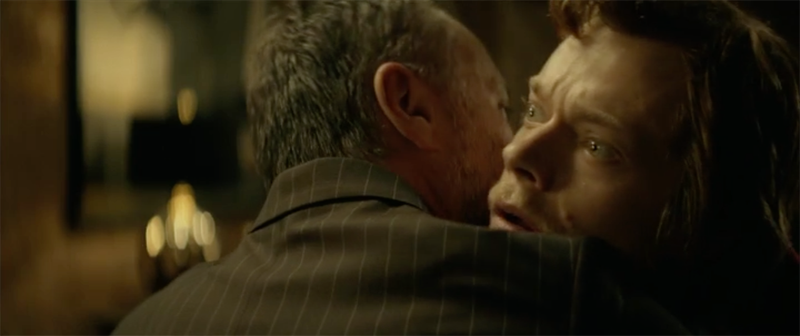
It’s all so brilliant in its simplicity and its appeal to our primal lizard brains. Somebody should throw a bunch of money at screenwriter Derek Kolstad. He’s going places.
So with that out of the way, let’s dig into the structure. The act breaks are almost irrelevant here. Aside from some scattered intercutting flashbacks and a bit of foreshadowing in the beginning—which I suspect is there only because the filmmakers lacked faith in their target audience's ability to sit still for twelve minutes of set-up—this is a very linear story. Just about every scene is a result of what came directly before, and is likewise a cause of what comes next:| John refuses to sell his car to Iosef. | |
| and so | Iosef and friends steal the car and kill John's dog. |
| and so | Iosef takes the car to Aurelios' for new papers. |
| but | Aurelio recognizes the car and punches Iosef. |
| and so | Viggo calls Aurelio and learns that his son stole John Wick's car. |
| and so | Viggo punches Iosef and calls John to make peace. |
| but | John hangs up on Viggo. |
| and so | Viggo orders a hit on John. |
| and so | Viggo's men attack John's house. |
| but | John kills them all. |
| and so | Viggo puts out a large contract on John. |
We could push through the entire film like this, showing the cause-and-effect relationship that ties each succeeding scene together. There's very little fat here—just bones and red meat.
John is a man of focus, commitment, sheer will, something you know very little about.
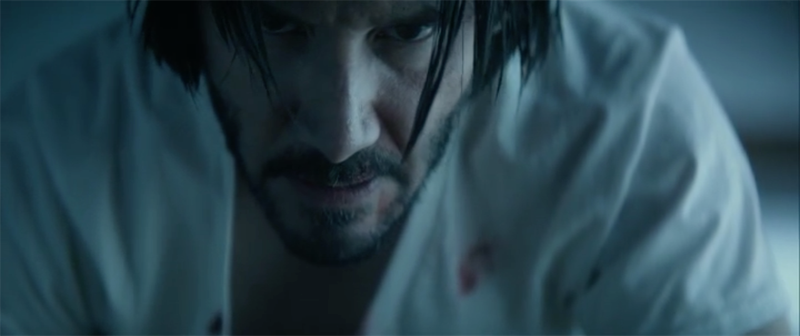
That all makes for a solid story, but what if we want our stories to be more than just a recounting of events? What if we want them to inspire more than just the flow of adrenaline? What if we want our stories to mean something? I'd push that last metaphor a bit and say that the "fat" is where that magic happens. A story should be more than just plot. While John Wick is a visceral, pulsing film, its reliance on pure action can't quite compensate for what it lacks in heart, soul, and humor.*
Father, I can make this right.
Having said all that, I don't mean to imply that longer and looser is necessarily better. Check out the two versions of dialogue below, the first from an early draft of the screenplay and the next from the film.
The phone rings. Aurelio takes a deep breath, exhales, and answers it.
AURELIO
This is Aurelio.
VIGGO (O.S.)
I hear you’ve struck my son.
AURELIO
(deep breath, sighs)
Yes, sir. I did.
VIGGO (O.S.)
Might I ask why?
AURELIO
Because he stole John Wick’s car.
VIGGO
(a long beat, then)
Oh.
AURELIO
And Viggo?
VIGGO
Yes?
AURELIO
Your son killed his dog.
VIGGO
(a long beat, then)
Good evening, Aurelio.
It plays out much better in the final film, much more concisely in the hands of skilled actors. Despite being so brief, it's heavy with subtext.
The phone rings. Aurelio takes a deep breath, exhales, and answers it.
AURELIO
Aurelio speaking.
VIGGO
I heard you struck my son.
AURELIO
Yes, sir. I did.
VIGGO
And may I ask why?
AURELIO
Yeah, well, because he stole John Wick's car, sir, and, uh, killed his dog.
VIGGO
Oh.
The big difference here is that the first version shows a slow shift in power in the conversation, with Aurelio gaining the upper hand by first delivering only half the information, taking control with "And Viggo?" and then delivering the final blow with the information about the dog. In the improved final take, Aurelio remains on the defensive as he nervously stumbles out all the information at once, and as a result it comes as more of a lightning strike to Viggo. We know from his simple, subdued "Oh," and how it reverses the entire intention of his phone call, that John Wick is a badass and shit is about to go down.
Fuck management.
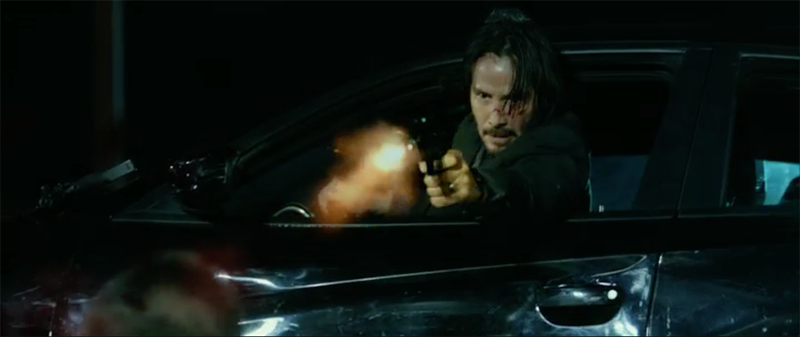
And go down it does.
Nothing else I can say about the action in this film can stand up to the simple graphic created by George Hatzis. I highly recommend you click the link or the image below to check it out.

Double Feature Suggestions
- Keanu?
- No, what I really want you to watch as a comparison to John Wick is Larry Bishop's Mad Dog Time. Notably hated by Roger Ebert, who considered it one of the worst films he'd ever seen, I find this movie endlessly watchable. Set in a world quite similar to John Wick's, where gangsters and assassins rule with their own strict code of honor, and where cops are nowhere to be found, Mad Dog Time is not without its flaws. But it's got a loopy, goofy, extremely stylized sensibility combined with Jeff Goldblum's usual effortless cool. Ellen Barkin is sexy as hell. Gabriel Byrne's over-the-top extended death scene—his entire performance really—is too bizarre for words. And then there's the rest of the cast, which includes Richard Dreyfuss, Burt Reynolds, Gregory Hines, Diane Lane, Rob Reiner, Billy Idol(!), Richard Pryor, Paul Anka, Kyle McLachlan, even an appearance from Larry's father, Joey Bishop himself. I don't know, maybe you'll take Ebert's side on this, but as for me I think I'll go watch it again tonight.
Screenplay Link
- Scorn (original title of John Wick)
*In the interest of full disclosure, I should probably mention that despite my complaints I've watched John Wick at least half a dozen times, and I even sat through John Wick 2 once. So sue me.
Comments
Join to Comment
or
<< Kiss Kiss Bang Bang << >> Election >>
<headshot/>

My Books
Recent Posts
- Before Sunrise
- Pulp Fiction
- Moonrise Kingdom
- Party Down
- Eternal Sunshine of the Spotless Mind
- The Limey
- La La Land
- The Apartment
- Kiss Kiss Bang Bang
- John Wick
- Election
- Casablanca
Help Me Choose
What movie should I write about next? I have a few ideas, but I‘m open to suggestions:
CatsChildren Of Men
Donnie Darko
Four Weddings and a Funeral
Good Will Hunting
Grosse Point Blank
Hell or High Water
Jo Jo Rabbit
La Dolce Vita
La Notte
Logan
Miller's Crossing
Moonlight (2016)
Never Let Me Go
Pan's Labyrinth
Punch Drunk Love
Rambo
Star Wars
The Big Lebowski
The Nice Guys
The Raid 2
or something else
Vote Results for Upcoming Posts
Thank you for your suggestion! Be sure to sign up below to be notified when new story circles are posted to the site!
Pan's Labyrinth (14%)
Donnie Darko (12%)
Star Wars (11%)
Jo Jo Rabbit (9%)
The Big Lebowski (7%)
Punch Drunk Love (7%)
Children Of Men (6%)
Good Will Hunting (6%)
Hell or High Water (5%)
Grosse Point Blank (5%)
Other
Thanks again! And hey, if you’d like to write one of these articles, hit me up.
Write for Story24
If you’re interested in contributing to this site, I would love to hear from you. Learn more here:
Other Business
Some of the links on this site are affiliate links. I earn a small commission when purchases are made after these links are clicked.

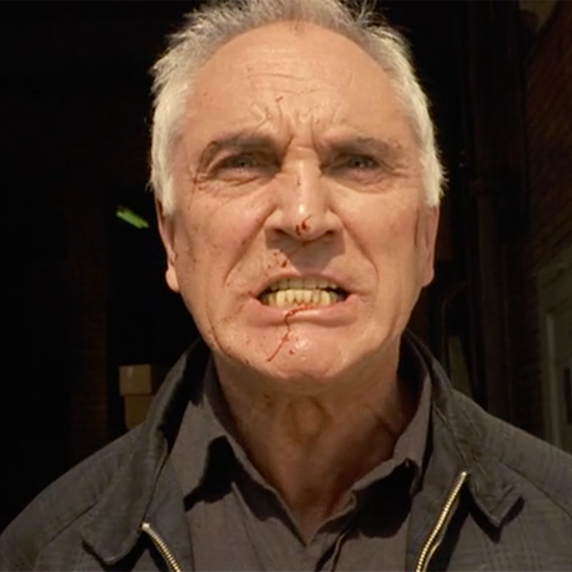


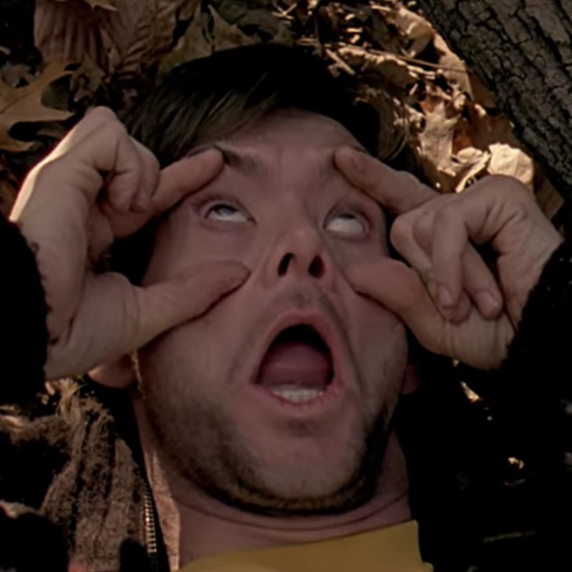
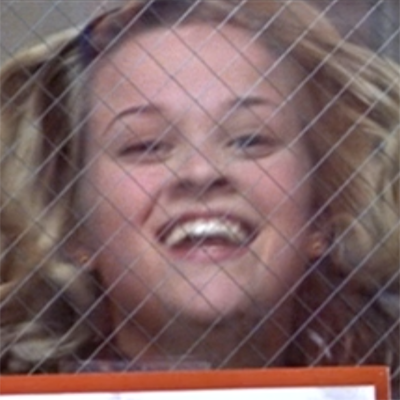

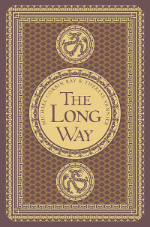
No comments yet.